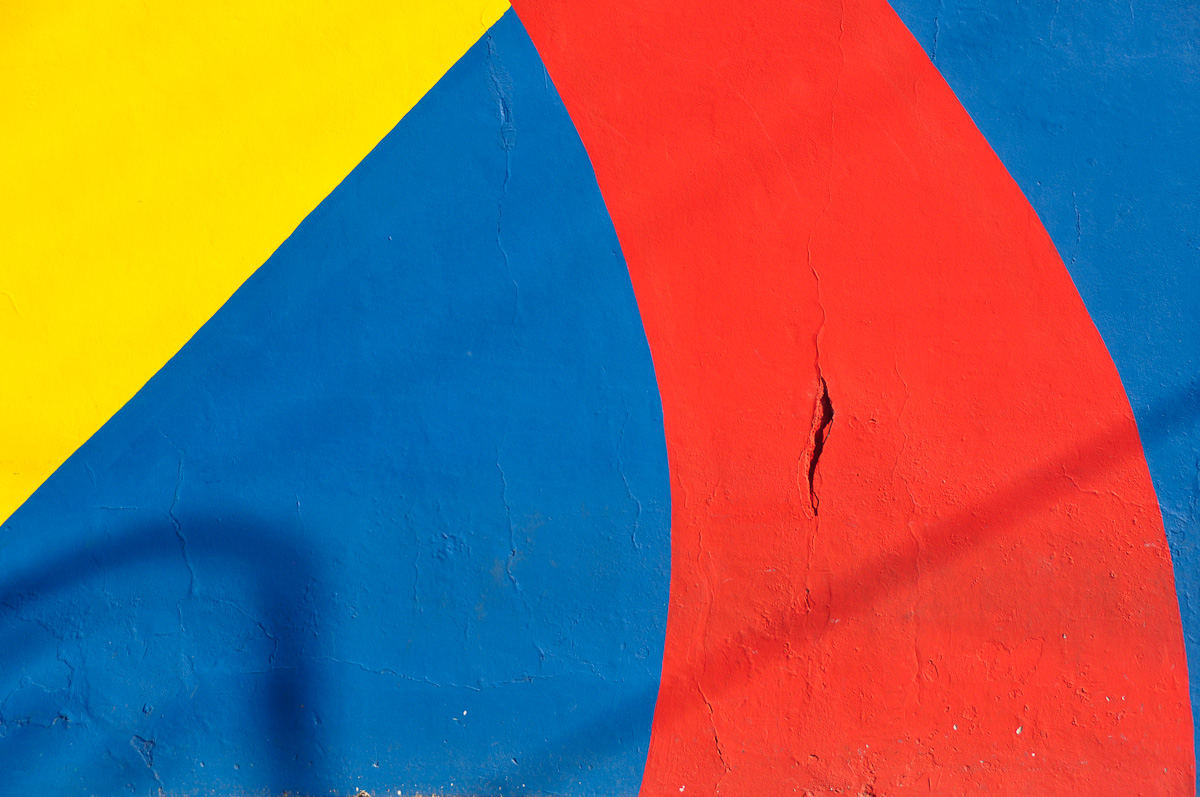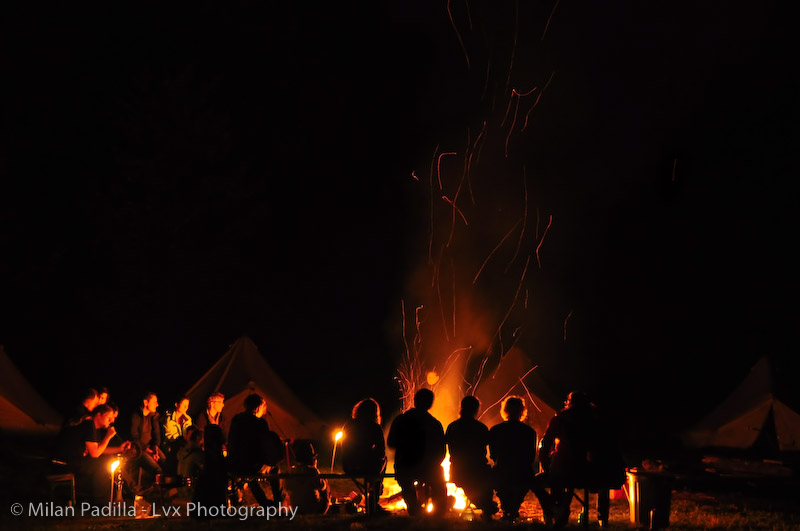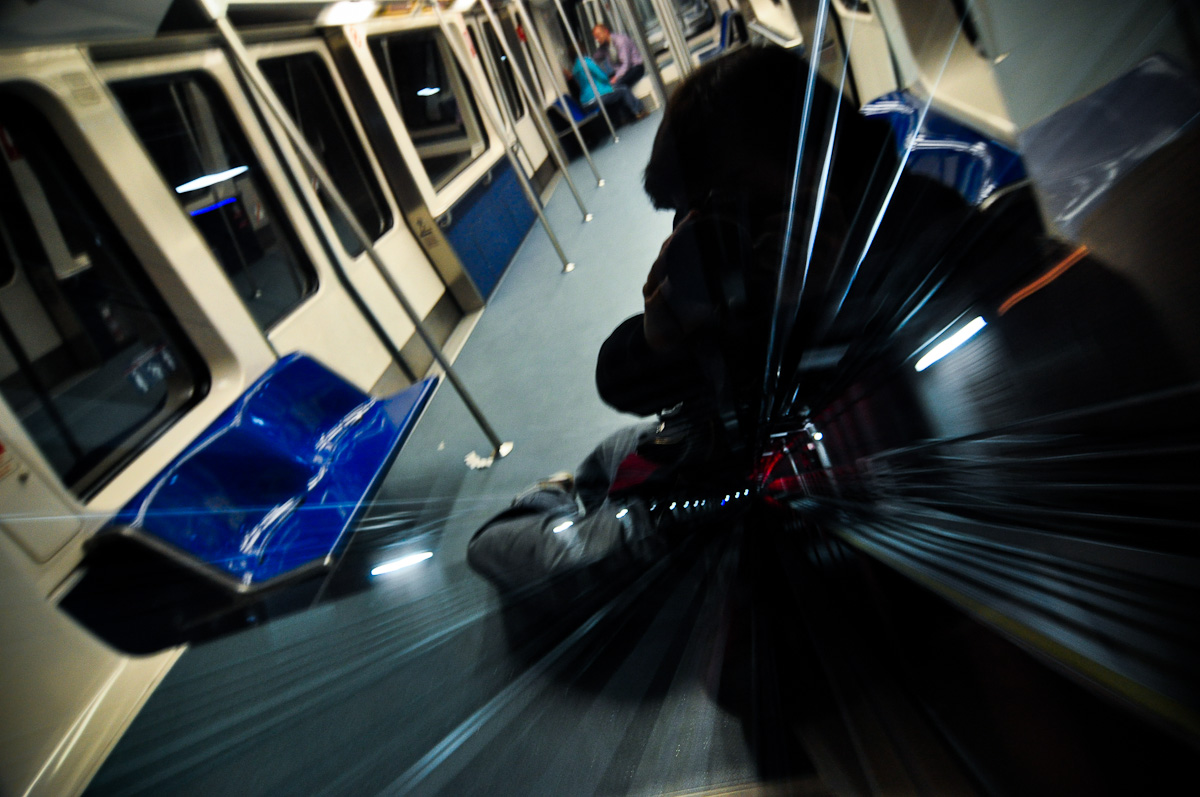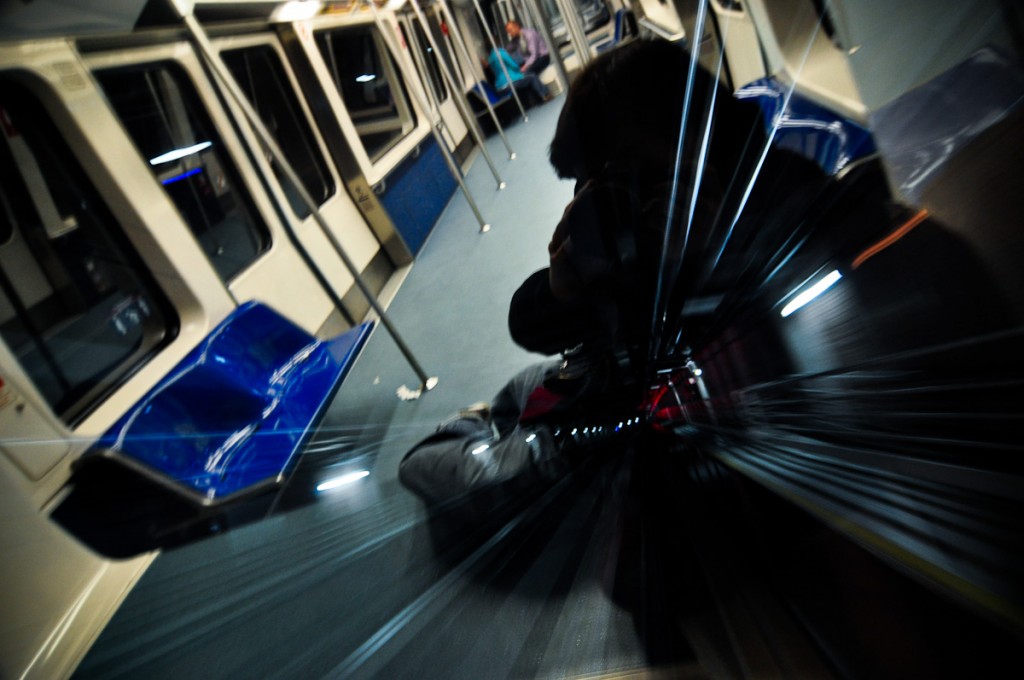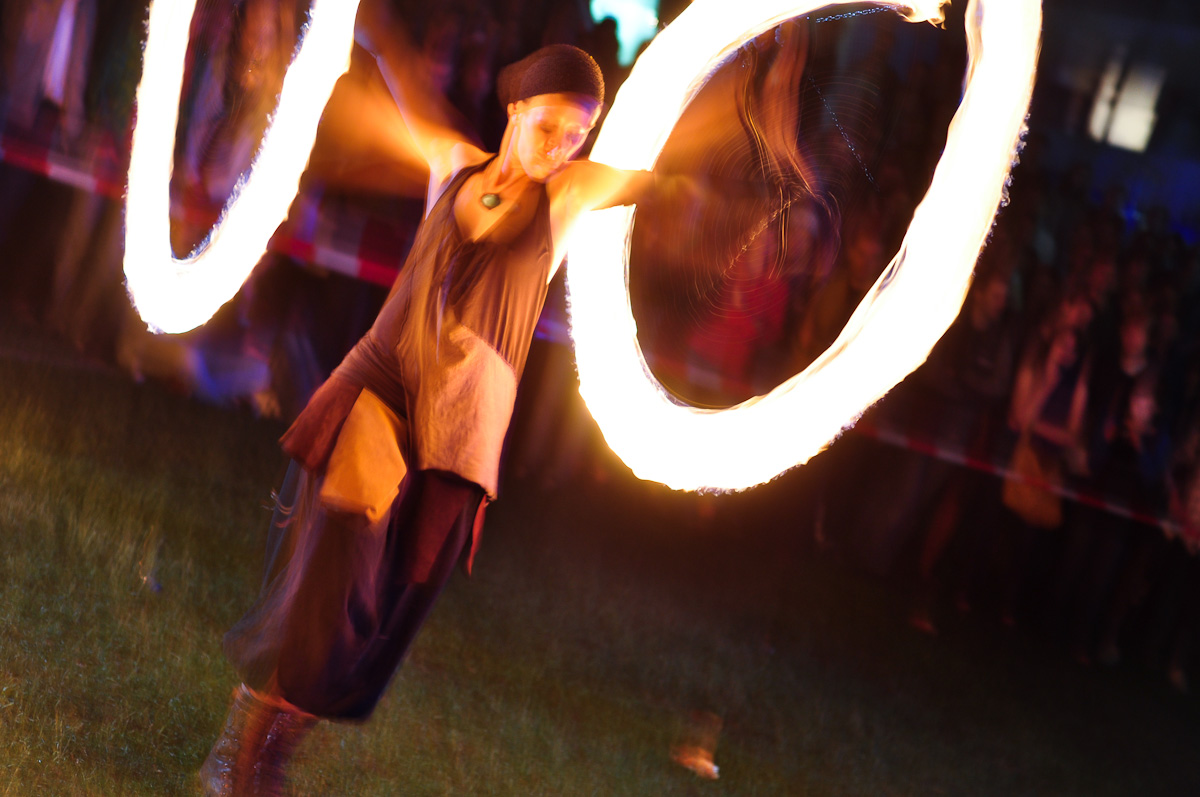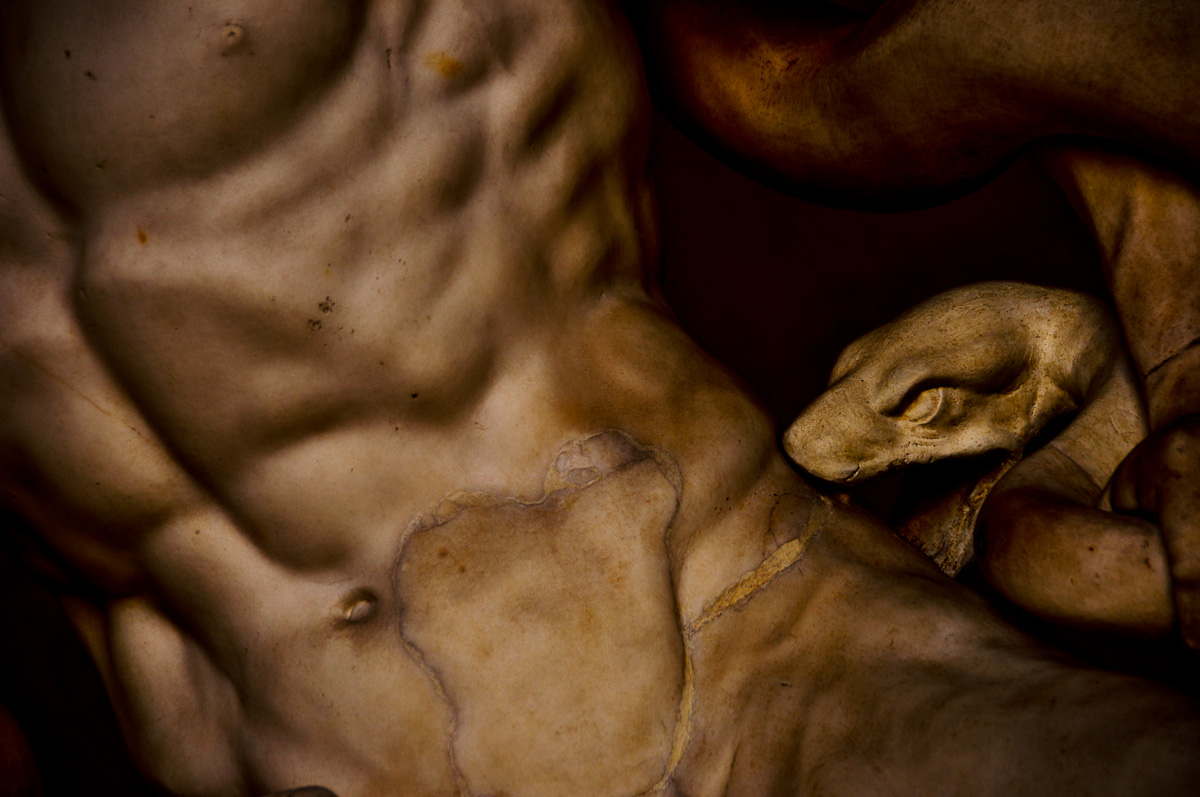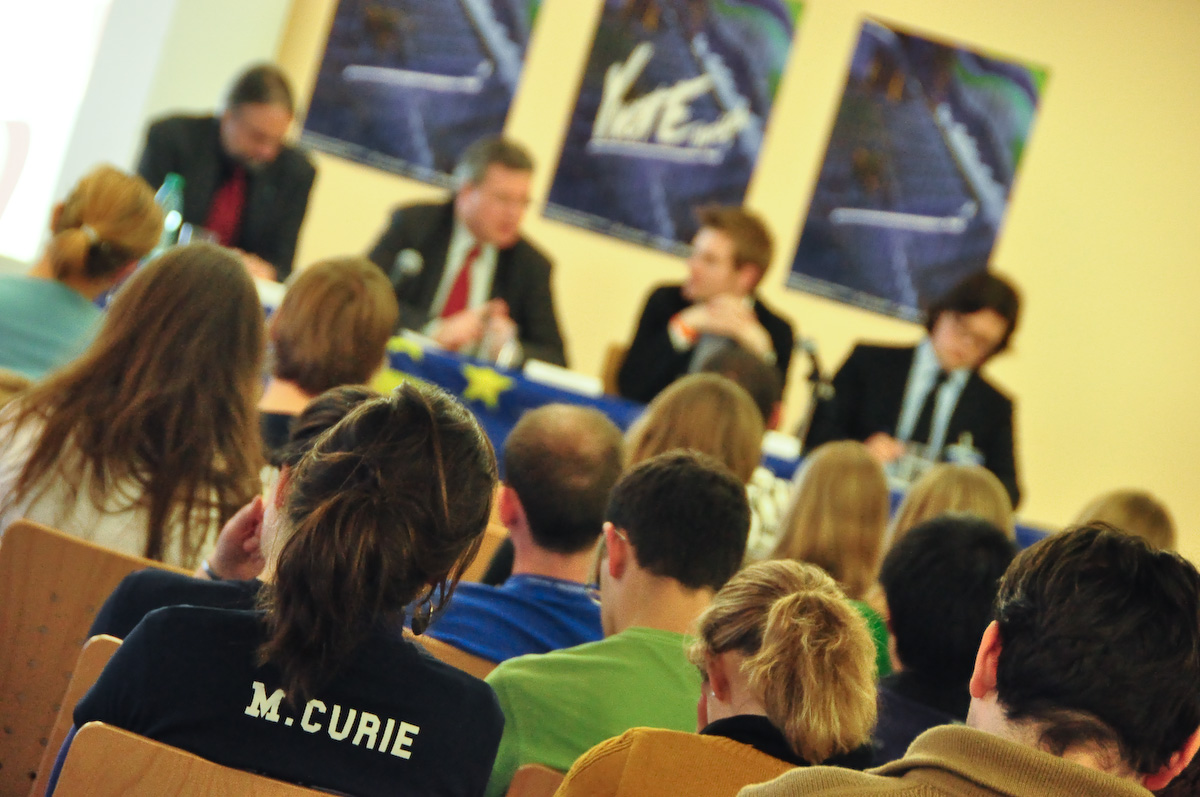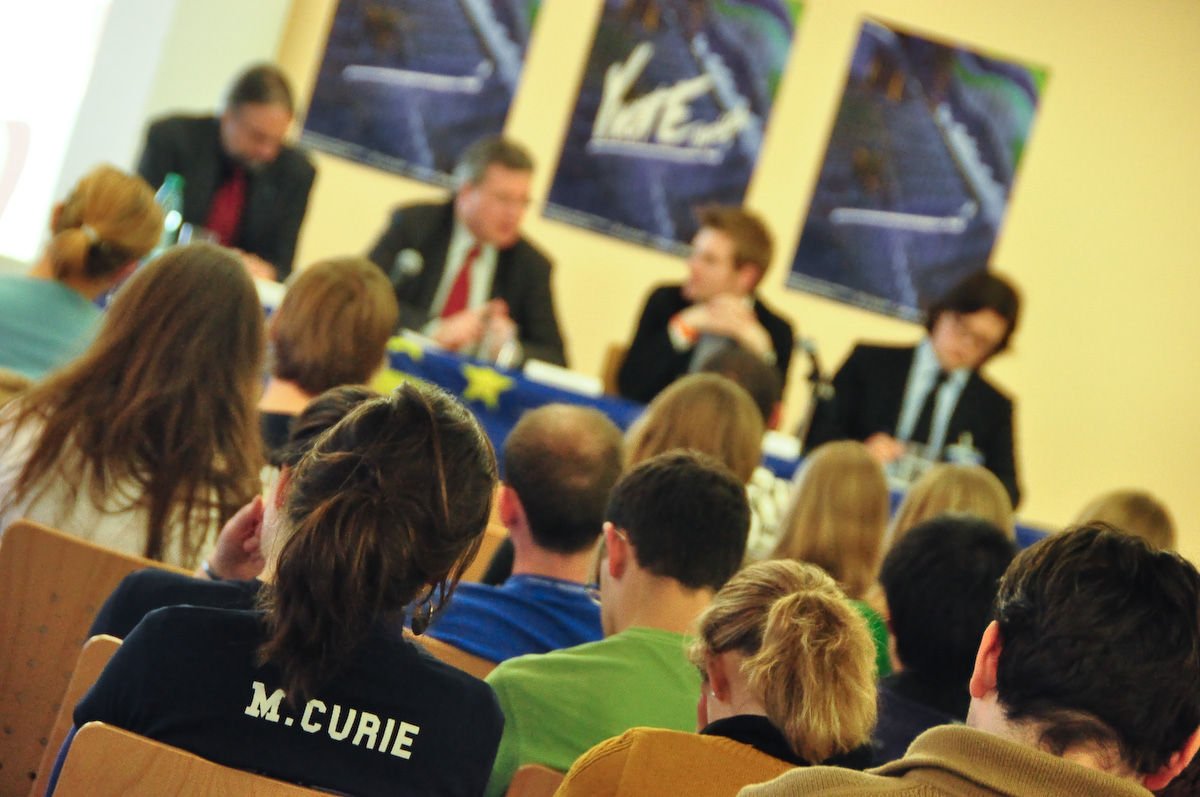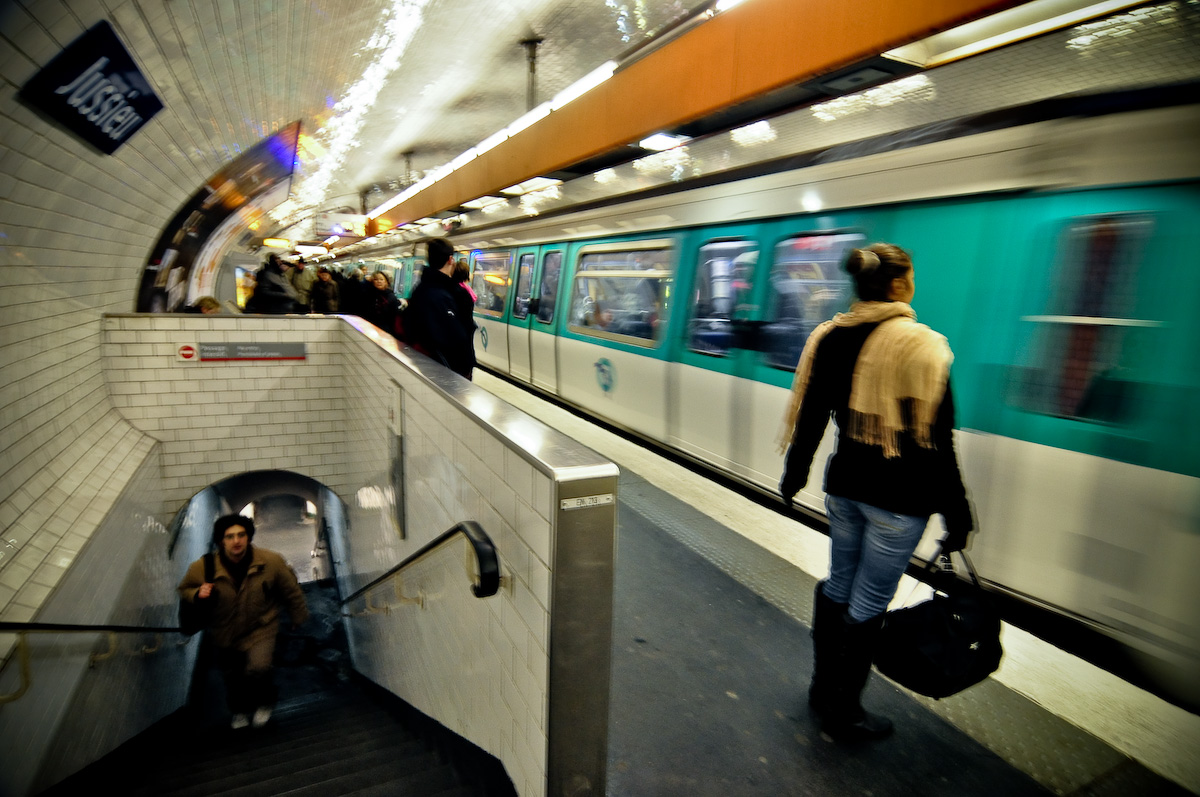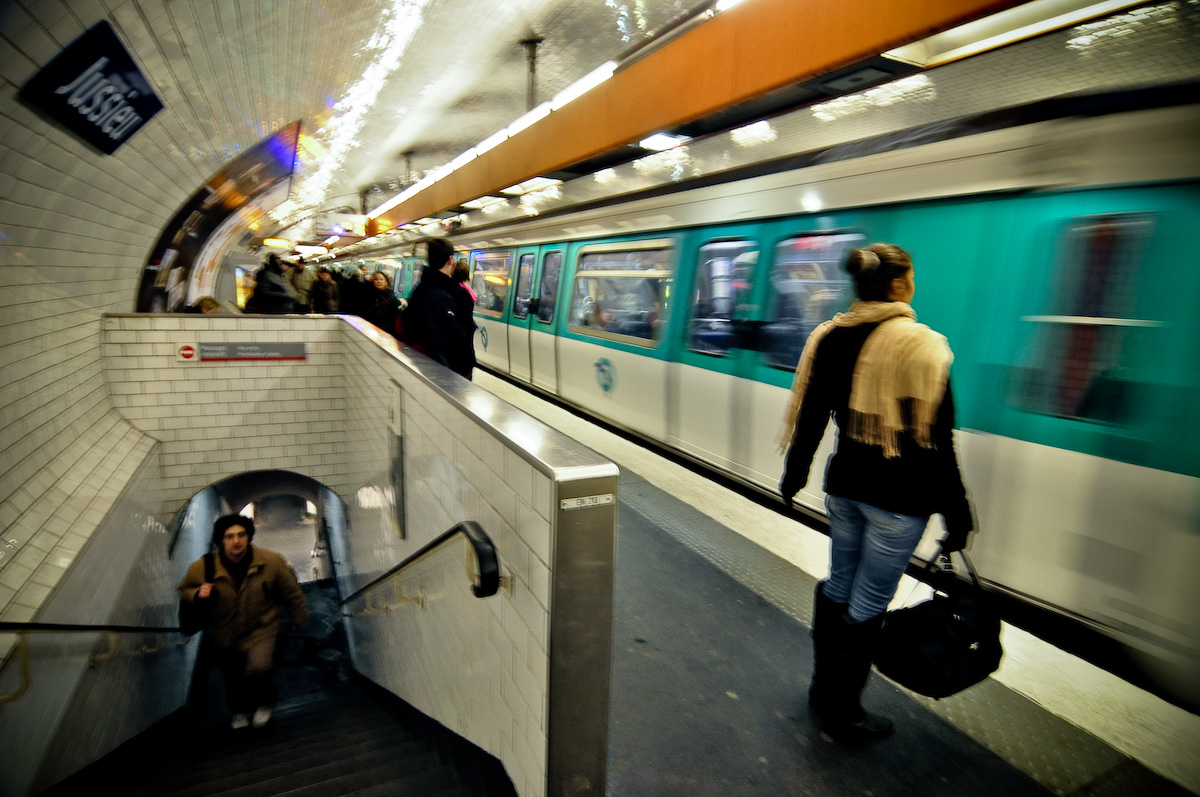
Images with a good composition, often have lines leading towards the corners, tangents gently touching the sides, objects placed by the golden ration and so on… Yet geometrically well composed pictures often lack a certain “something”. This little something that gives a scene it’s uniqueness so that you truly captured a moment in time that could not have been taken a second later or a second before.
Wherein lies that certain something? Well it’s mostly the so called “élément humain” (french) or the humant element/ingredient. Humans are hard to control and that’s why photographers often tend to avoid them. There is barely anything more interesting and at the same time more complicated that human beings in front of a lens, but that’s a whole different subject.
For comparison: this is overall geometrically the same shot but with no interesting elements in it. The original is there for comparison:


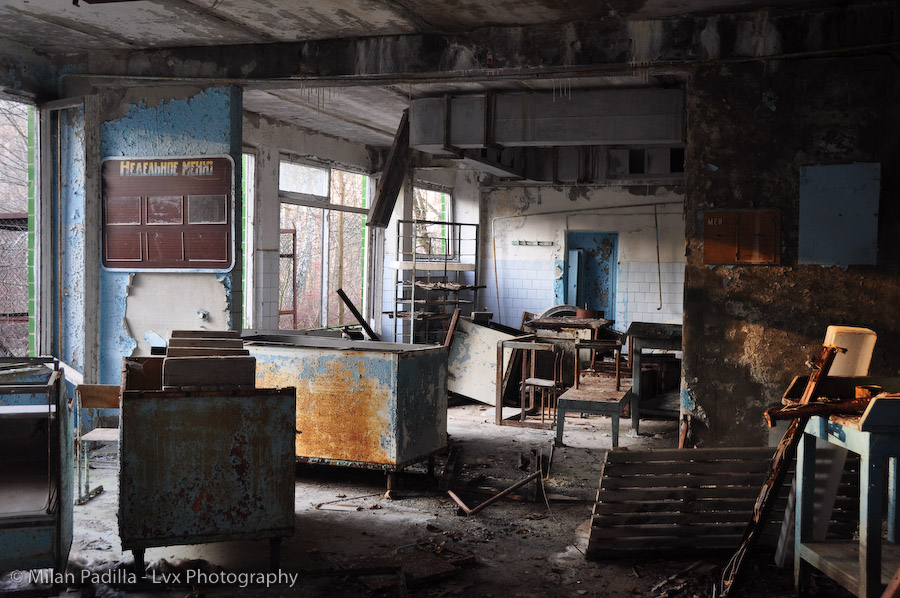
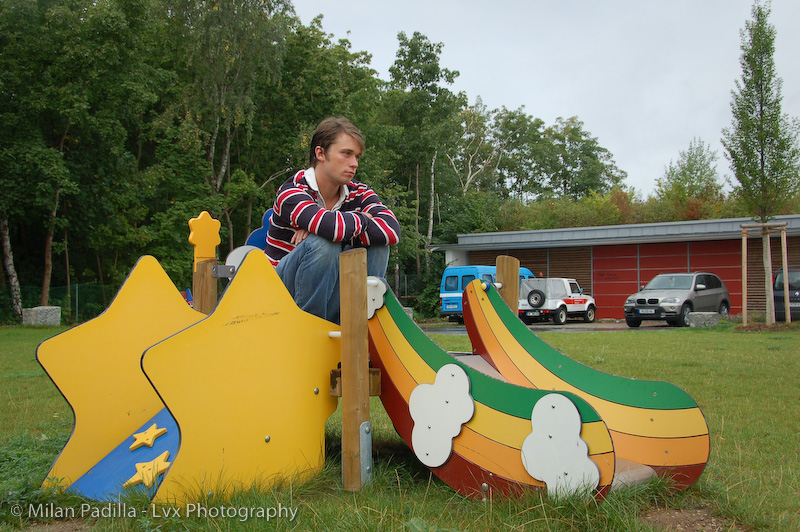

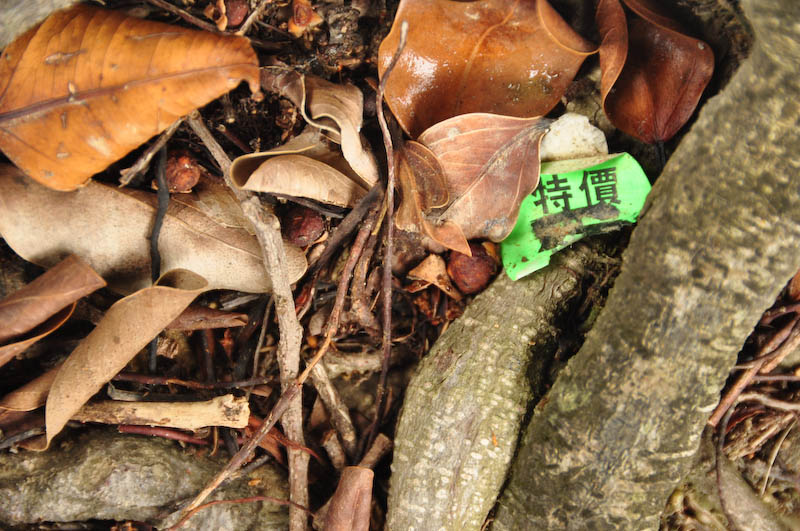
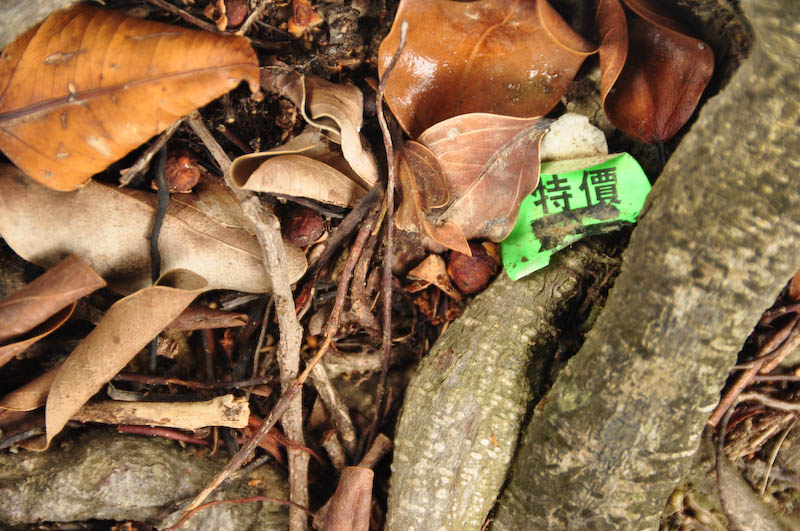 When we are somewhere far away from home, everything is exotic, interessting, strange and somehow we end up taking pictures of the same “strange” things over and over again. In my opinion, you should try looking elsewhere, once you have the feeling to have already seen the exact same image you just shot elsewhere. It’s not easy to make pictures that are not self explanatory.
When we are somewhere far away from home, everything is exotic, interessting, strange and somehow we end up taking pictures of the same “strange” things over and over again. In my opinion, you should try looking elsewhere, once you have the feeling to have already seen the exact same image you just shot elsewhere. It’s not easy to make pictures that are not self explanatory. 